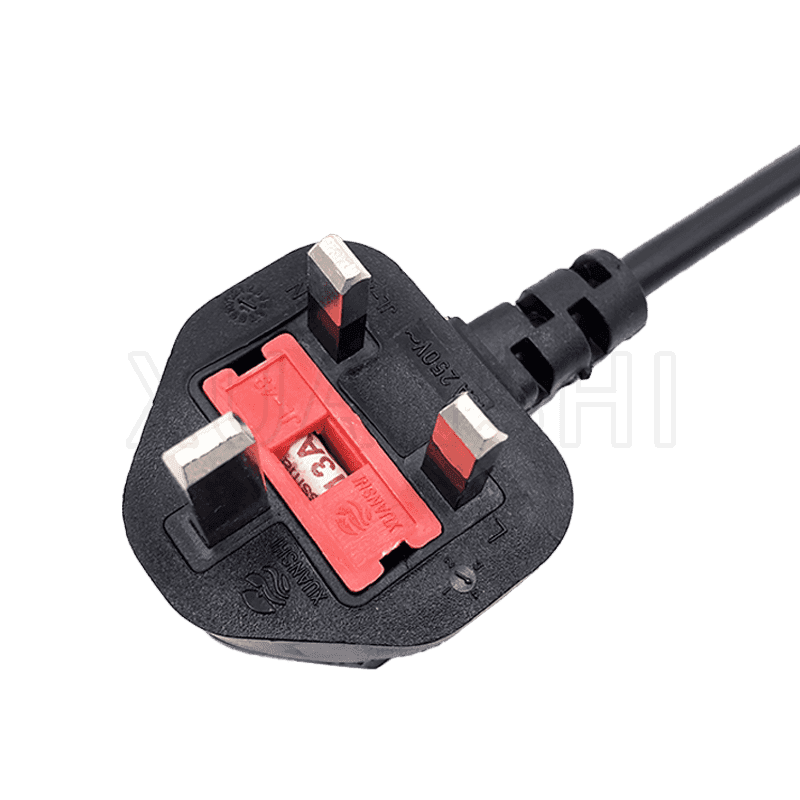Having a
power cord with a fuse is important. It not only prevents excess electricity from flowing, but also prevents fires. Depending on the type of extension cord, the fuses are either part of the cord itself or are located in the plug. When the fuse is blown, it cuts off the electricity to prevent further damage. If you're using an extension cord without a fuse, you may be putting yourself and your family at risk. You need to make sure you are using the right type of fuse.
The energy that a fuse gives off is dependent on the load and the system's voltage. The most powerful fuses are designed to conduct a certain amount of current without interrupting the circuit. The minimum current a fuse can give off is usually 80% of the rated current, but this can vary by fuse type. If you're using an extension cord with a fuse, make sure you are using one that is compatible with the size of extension cord you are using. A small fuse can be dangerous, especially if the current is too high. If you're using a larger fuse, you can expect to give off more power, which is not safe.
The size of the fuse you use depends on how much load you are putting on the extension cord. Ideally, you would like to use the largest fuse that will give you the safety you need. For example, a 3 amp fuse will allow approximately three amps of current to pass through it, but you don't want to use a fuse that's too large because it's more likely to blow.
The most common types of fuses are cartridge fuses and screw-type fuses. A cartridge fuse is a cylindrical shape with a metal end cap. A screw-type fuse is generally larger and more obtrusive than a cartridge fuse. Depending on the type of cord, the fuse may be made of plastic, ceramic, or fiberglass. The size of the end cap is also a factor. Screw-type fuses may be used in industrial applications or in the public power grid.
Fuse manufacturers also produce high-rupture capacity fuses that have blade contacts to interrupt a certain amount of current. These fuses are used in the main distribution boards of low-voltage networks and are generally larger than screw-type fuses. They also have a larger opening and can interrupt a higher current. These fuses are used in a variety of industrial applications, but are also widely used in the public power grid.
The most important part of a fuse is the fuse element. It's made of metal or alloy and provides predictable characteristics. When the element is blown, a coloured disc falls out of the end cap. This is usually a visual indicator that the element has been blown. The element is also a sacrificial device, which means it will melt if it is subjected to a high current for a short period of time. It's important to choose a fuse that won't break after years of service. It should also not break in minor, harmless surges of current.

Exterior Color Black or customized
Input Voltage and Current 13A 250V AC
Wiring H03VVH2-F 2*0.5/0.75mm²
H05VV-F 2*-3G1.25mm²
H03VV-F 2*-3G0.75mm²
H05VVH2-F 2*0.75mm²
H05VV-F 2*-3G0.75/1.0/1.5mm²
H05RN-F 2*-3G0.75/1.0/1.5mm²
H05RR-F 2*-3G0.75/1.0/1.5mm²
H07RN-F 2*-3G1.0/1.5mm²
Brand XUANSHI
Product Certification BSI
Packaging Details Carton
